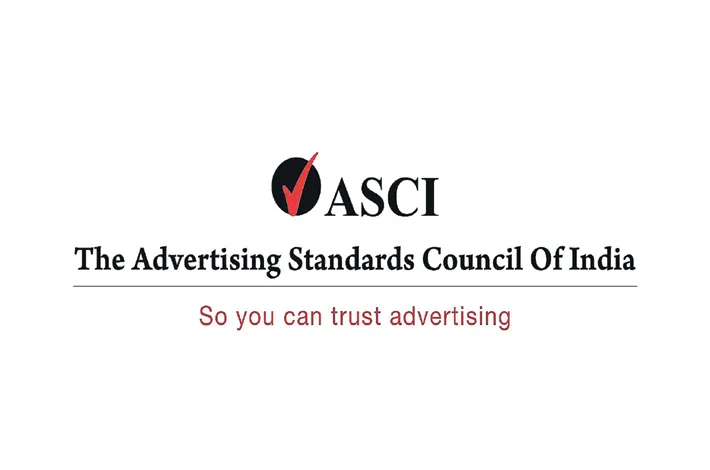Morality clauses in creator economy: Is authenticity getting affected?
21-11-2025 12:00:00 AM

Challenges associated with branding in recent times
■ Random and one sided “morality clauses” which are forcing creators to choose between creativity and financial benefits.
■ Growing tension between brands, creators, and platforms raises a basic question: Who really decides what is “moral”?
■ Rise of “deepfakes” leads to additional problems. Legal experts say that creators must immediately report and eliminate deepfakes failing which they risk being held liable for fabricated content.
■ At the same time advertising experts opine that there needs to be “reverse morality clauses” which allow creators to exit or even report brands if asked to mislead audiences.
■ The rise of “boycott” culture in 2020–21 is supposed to be the reason for morality clauses. Brands, terrified of guilt-by-association, began inserting blanket protections.
As India’s creator economy crosses the Rs 1,000-crore mark in brand spends, a quiet but fierce battle is raging over one of the most controversial clauses in influencer contracts: the morality clause. Vague, one-sided, and increasingly weaponised, these clauses are forcing creators to choose between creative freedom and financial survival in an ecosystem where outrage is the fastest path to virality. Experts dissected the growing tension between brands, creators, and platforms, raising a fundamental question: in the age of algorithmic outrage, who really decides what is “moral”?
Creator economy brand spending refers to the money brands allocate to partner with individual creators to promote products and services. This spending goes beyond traditional advertising and focuses on leveraging a creator's authenticity, specific audience, and content to build brand awareness and drive sales through partnerships, sponsorships, and direct audience support.
Clause that says everything — and nothing
A standard morality clause, explains an advocate, is deliberately vague with clauses like “The influencer shall not behave in a manner detrimental to the brand.” It does not contain any timeline, no definition of “detrimental.” no distinction between past and future actions. This vagueness has real consequences. A six-month-old video of a drunken brawl can resurface after a contract is signed and be used to trigger termination.
Even worse, says a senior professional in the advertising field, a live streamer once faced contract termination because a section of the audience interpreted the colour of his green T-shirt as “anti-national” — despite the creator saying nothing controversial. He lamented that brands are now saying: if anything you do disturbs the sentiments of your audience — even if it’s just interpretation — we can take legal action without discussion.
Cancel culture gave birth to the clause
The rise of “boycott” culture in 2020–21 is widely credited with mainstreaming morality clauses. Brands, terrified of guilt-by-association, began inserting blanket protections. But as societal norms shift rapidly, what was acceptable two years ago can become obsolete today — and vice versa.The result? A chilling effect on creativity. “An influencer’s currency is relatability and trust,” says those in the advertising industry. They say that brands want the trust part — no misinformation — but they also want creators to ‘hack the algorithm’ for engagement, which often means flirting with controversy. Then they punish the creator when the gamble backfires.
In a startling revelation, it was pointed out that brands themselves often push creators to cross ethical lines. One in five influencer collaborations violates ASCI’s mandatory disclosure rules — not because creators refuse to tag #ad, but because brands explicitly ask them not to, fearing lower reach. Worse, many brands hand creators scripts that highlight only positive features while forbidding mention of known flaws.
The commonly accepted principle is “incomplete information is misinformation. A senior marketing strategist opined “If I can’t tell my audience a phone overheats because the brand won’t let me, and they buy it and get burned — literally — who bears moral responsibility?” At the same time, it was also accepted there must be “reverse morality clauses” that allow creators to walk away — or even report brands — if asked to mislead audiences or violate ASCI guidelines.
Deepfakes, tier-4 creators, and platform complicity
The rise of AI deepfakes adds another layer of danger. Legal experts stressed that creators must immediately report deepfakes and publicly disassociate themselves, or risk being held liable for fabricated content. Failure to act could allow brands to invoke morality clauses even when the creator is the victim. Meanwhile, as brands chase tier-3 and tier-4 audiences, they are imposing metropolitan morality standards on creators with entirely different cultural contexts. Market surveyors opine that these markets are far more sensitive and hence brands need to engage more consciously and carefully.
Stakeholders agreed the status quo is unsustainable. Creators must educate themselves — many now use AI tools to decode contracts — and start pushing back on unfair clauses. Top creators refusing one-sided terms could force systemic change. Until the playing field is levelled, India’s creators will remain caught between the algorithm’s hunger for outrage and brands’ terror of it — with authenticity as the first casualty.








